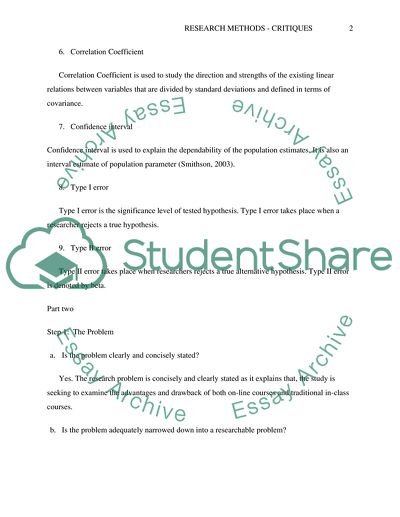Cite this document
(“Rsearch Methods - Critiques Coursework Example | Topics and Well Written Essays - 1000 words”, n.d.)
Retrieved from https://studentshare.org/psychology/1605514-rsearch-methods-critiques
Retrieved from https://studentshare.org/psychology/1605514-rsearch-methods-critiques
(Rsearch Methods - Critiques Coursework Example | Topics and Well Written Essays - 1000 Words)
https://studentshare.org/psychology/1605514-rsearch-methods-critiques.
https://studentshare.org/psychology/1605514-rsearch-methods-critiques.
“Rsearch Methods - Critiques Coursework Example | Topics and Well Written Essays - 1000 Words”, n.d. https://studentshare.org/psychology/1605514-rsearch-methods-critiques.


